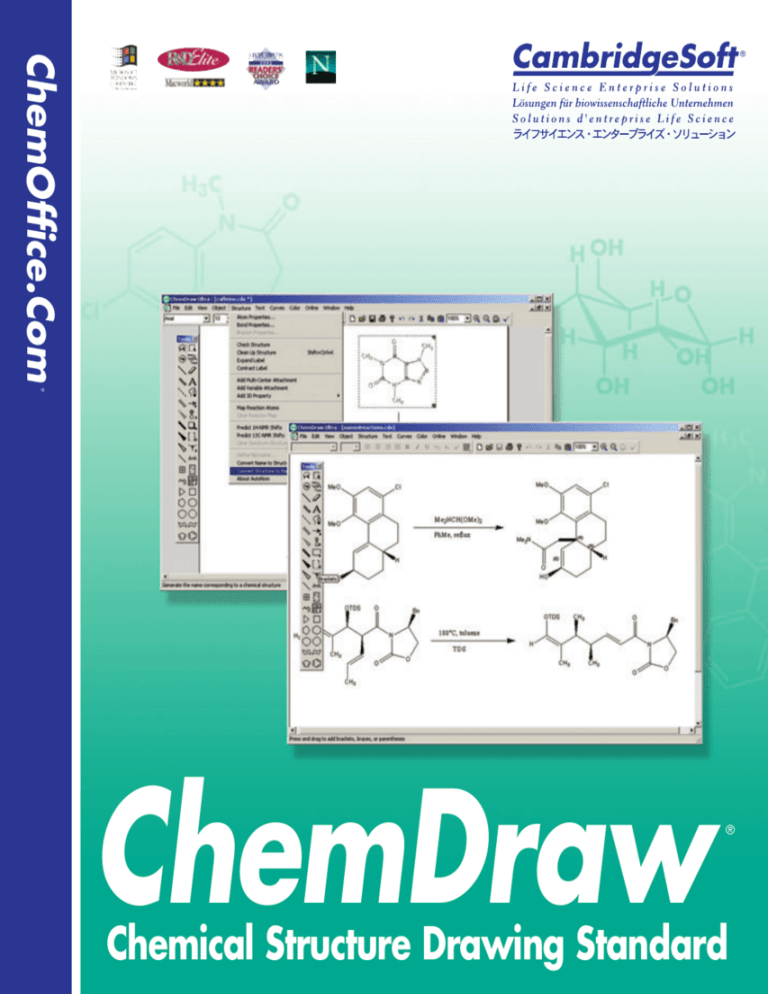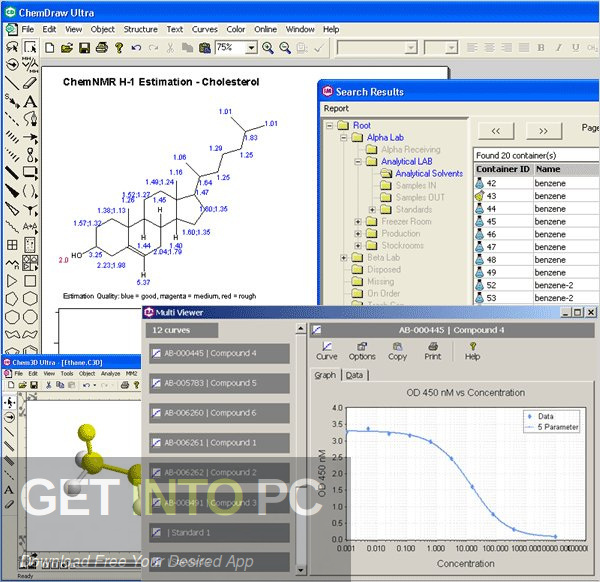

ĭifferent tools have been developed to enumerate virtual libraries and are summarized in Table 1. For example, using a known reaction schema and available reagents, based on functional groups, by de novo -based design, by morphing/transformation, or by decorating a molecular graph. The construction of a virtual chemical compound can be done in a variety of ways. This strategy is particularly attractive to build libraries for difficult and emerging molecular targets. Another critical aspect of virtual libraries’ generation is that the compounds obtained must have some novelty, and most importantly, they must be synthetically feasible. In this context, the size, the structural complexity, and the diversity of the virtual libraries play a key role in increasing the chance of a successful drug discovery and development outcome. In general, virtual libraries address the need to improve the quality of compounds to identify efficiently lead compounds. This approach was also used by chemical vendors to generate “make-on-demand” virtual libraries such as the “Readily Accessible” (REAL) Database and REAL Space being the largest synthetic accessibility-based virtual compound collections to date. Other examples of virtual libraries based on prevalidated or reported reactions, as well as accessible chemical reagents developed by pharmaceutical companies are BI-Claim developed by Boehringer Ingelheim, Eli Lilly’s Proximal Collection, Pfizer global virtual library (PGVL), and Merck’s Accessible inventory (MASSIV). Another example is the 95 million compounds in the virtual library CHIPMUNK (CHemically feasible In silico Public Molecular UNiverse Knowledge base) that were enumerated by performing a selected set of reactions widely used in traditional combinatorial chemistry. is a chemical library that explores the chemical space broadly by enumerating more than 160 billion organic small molecules with up to 17 atoms.

For example, GDB‐17 generated by Reymond et al. Thus, many researchers are developing new de novo chemical libraries and libraries “make-on-demand” by different in silico approaches. One approach to increase the likelihood of finding new hit compounds is presented by the computational generation of virtual chemical libraries to be used in various virtual screening methods. Hit identification is the starting point and one of the most crucial stages of small-molecule drug discovery. This manuscript also seeks to contribute to the critical task of teaching and learning chemoinformatics. As part of the tutorial, we discuss three examples of design: a Diversity-Oriented-Synthesis library based on lactams, a bis-heterocyclic combinatorial library, and a set of target-oriented molecules: isoindolinone based compounds as potential acetylcholinesterase inhibitors. The aim is to explore various methodologies proposed by synthetic organic chemists and explore affordable chemical space using open-access chemoinformatics tools.

This tutorial shows a step-by-step procedure for anyone interested in designing and building chemical libraries with or without chemoinformatics experience.

To exemplify the enumeration of chemical libraries, we emphasize the use of pre-validated or reported reactions and accessible chemical reagents.
#Analize stoichiometry chemdraw ultra 12 how to
This paper aims to examine the fundamental concepts of library design and describe how to enumerate virtual libraries using open source tools. Virtual compound libraries are increasingly being used in computer-assisted drug discovery applications and have led to numerous successful cases.


 0 kommentar(er)
0 kommentar(er)
